Alberta
$30 million investment to help develop national transportation logistics hub at Red Deer Regional Airport
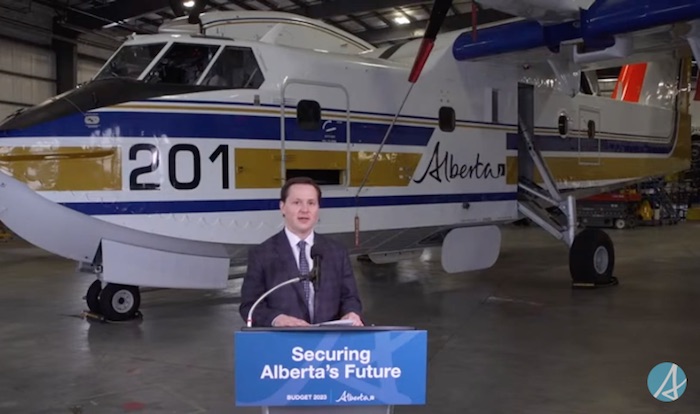
News release from the Province of Alberta
Investing in the Red Deer Regional Airport
Budget 2023 is investing $30 million to expand the Red Deer Regional Airport, clearing the way to develop a national transportation logistics hub in central Alberta.
As Alberta’s government continues its focus on growing and diversifying the economy, an investment in the Red Deer Regional Airport will provide new opportunities in central Alberta. Improvements will support the development of a shipping and receiving hub in central Alberta and attract new investment opportunities to create high-paying jobs.
“Alberta’s airports play a critical role in strengthening and diversifying our economy by expanding access to markets, as we don’t have direct access to tidewater. This investment will allow additional aviation cargo and logistics services, which will not only provide new travel options and get more products to market but also create jobs and help attract new investment to central Alberta.”
The expansion will support the growth of rural communities in central Alberta while enhancing the safety of local residents and airport users by creating an additional emergency access to the airport and the Hamlet of Springbrook. This new funding builds on a $7.5-million grant from Alberta’s government in 2022-23 for the airport to repair and upgrade its runway.
“This is definitely exciting news. The Red Deer Regional Airport is situated along one of the busiest transportation hubs in the province. This expansion will provide huge economic benefits to central Alberta.”
“The city and county recognize the Red Deer Regional Airport as an economic catalyst. The city, as a joint appointer for the airport with the county, is working together to be a key logistics hub based on our prime location. Thank you to the Province of Alberta for their investments in central Alberta.”
“We are glad this government has recognized the unique opportunity the airport and central Alberta can play in expanding our economic impact through diversification. We already have a tenant looking to expand their business as a result of this positive development. By building the road north, we now have the opportunity to access the additional 220 acres, which we hope will bring in cargo, aircraft repair and other airline-related services. This expansion project will also result in a new passenger terminal allowing for 737 aircraft passenger service.”
“Air Spray has partnered with the Red Deer airport for over 50 years. We are the largest business at the airport, employing over 150 highly trained aviation professionals. Air Spray is delighted with the news of this major investment at the Red Deer airport. This investment allows Air Spray to move forward with our expansion plans to add additional hangar space at the airport.”
Funding through Budget 2023 will support north end road construction and civil works, including water sanitation, stormwater and fibre optics, to Township Road 374 to support new business opportunities for the north end land development. The development of the north end road will also create additional emergency access to the airport and will increase safety for the community as it continues to grow.
“As the MLA for Red Deer-North and as a resident of Red Deer, I know this expansion will be a welcomed addition for the community. This expansion will be an asset to the transportation corridor, as it will attract new passenger and cargo services, improve tourism and create jobs. I am happy to see further investments that will support our booming community.”
“Centrally located on the dynamic Calgary-Edmonton corridor, the Red Deer Regional Airport enjoys great competitive advantages. This transformative $30-million capital investment for the airport will leverage those advantages, increasing the economic capacity of the airport, thereby increasing economic activity and prosperity in Red Deer and central Alberta.”
Budget 2023 secures Alberta’s future by transforming the health-care system to meet people’s needs, supporting Albertans with the high cost of living, keeping our communities safe and driving the economy with more jobs, quality education and continued diversification.
Quick facts
- Alberta’s aviation and aerospace industries employ more than 18,000 people (2022, Statistics Canada).
- These industries contributed $1.5 billion to the province’s GDP in 2021.
- The province is home to three low-cost Alberta-based carriers – Lynx Air, Swoop and Flair Airlines.
- Alberta’s government created the Strategic Aviation Advisory Council in 2020 to provide expert advice to government on how aviation and aerospace can increase economic development opportunities, expand markets and create jobs in the province.
Alberta
Median workers in Alberta could receive 72% more under Alberta Pension Plan compared to Canada Pension Plan
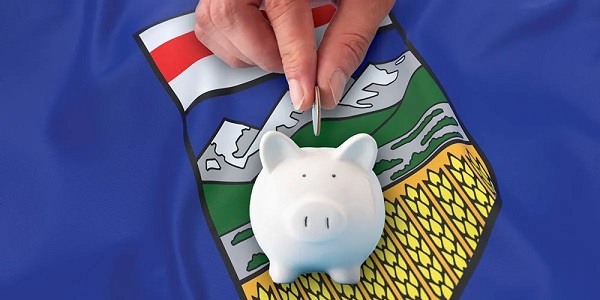
From the Fraser Institute
By Tegan Hill and Joel Emes
Moving from the CPP to a provincial pension plan would generate savings for Albertans in the form of lower contribution rates (which could be used to increase private retirement savings while receiving the same pension benefits as the CPP under the new provincial pension), finds a new study published today by the Fraser Institute, an independent, non-partisan Canadian public policy think-tank.
“Due to Alberta’s comparatively high rates of employment, higher average incomes, and younger population, Albertans would pay a lower contribution rate through a separate provincial pension plan while receiving the same benefits as under the CPP,” said Tegan Hill, director of Alberta policy at the Fraser Institute and co-author of Illustrating the Potential of an Alberta Pension Plan.
Assuming Albertans invested the savings from moving to a provincial pension plan into a private retirement account, and assuming a contribution rate of 5.85 per cent, workers earning the median income in Alberta ($53,061 in 2025) could accrue a stream of retirement payments totalling $454,741 (pre-tax)—a 71.6 per cent increase from their stream of CPP payments ($264,968).
Put differently, under the CPP, a median worker receives a total of $264,968 in retirement income over their life. If an Alberta worker saved the difference between what they pay now into the CPP and what they would pay into a new provincial plan, the income they would receive in retirement increases. If the contribution rate for the new provincial plan was 5.85 per cent—the lower of the available estimates—the increase in retirement income would total $189,773 (or an increase of 71.6 per cent).
If the contribution rate for a new Alberta pension plan was 8.21 per cent—the higher of the available estimates—a median Alberta worker would still receive an additional $64,672 in retirement income over their life, a marked increase of 24.4 per cent compared to the CPP alone.
Put differently, assuming a contribution rate of 8.21 per cent, Albertan workers earning the median income could accrue a stream of retirement payments totaling $329,640 (pre-tax) under a provincial pension plan—a 24.4 per cent increase from their stream of CPP payments.
“While the full costs and benefits of a provincial pension plan must be considered, its clear that Albertans could benefit from higher retirement payments under a provincial pension plan, compared to the CPP,” Hill said.

Illustrating the Potential of an Alberta Pension Plan
- Due to Alberta’s comparatively high rates of employment, higher average incomes, and younger population, Albertans would pay a lower contribution rate with a separate provincial pension plan, compared with the CPP, while receiving the same benefits as under the CPP.
- Put differently, moving from the CPP to a provincial pension plan would generate savings for Albertans, which could be used to increase private retirement income. This essay assesses the potential savings for Albertans of moving to a provincial pension plan. It also estimates an Albertan’s potential increase in total retirement income, if those savings were invested in a private account.
- Depending on the contribution rate used for an Alberta pension plan (APP), ranging from 5.85 to 8.2 percent, an individual earning the CPP’s yearly maximum pensionable earnings ($71,300 in 2025), would accrue a stream of retirement payments under the total APP (APP plus private retirement savings), yielding a total retirement income of between $429,524 and $584,235. This would be 22.9 to 67.1 percent higher, respectively, than their stream of CPP payments ($349,545).
- An individual earning the median income in Alberta ($53,061 in 2025), would accrue a stream of retirement payments under the total APP (APP plus private retirement savings), yielding a total retirement income of between $329,640 and $454,741, which is between 24.4 percent to 71.6 percent higher, respectively, than their stream of CPP payments ($264,968).

Joel Emes
Alberta
Alberta ban on men in women’s sports doesn’t apply to athletes from other provinces

From LifeSiteNews
Alberta’s Fairness and Safety in Sport Act bans transgender males from women’s sports within the province but cannot regulate out-of-province transgender athletes.
Alberta’s ban on gender-confused males competing in women’s sports will not apply to out-of-province athletes.
In an interview posted July 12 by the Canadian Press, Alberta Tourism and Sport Minister Andrew Boitchenko revealed that Alberta does not have the jurisdiction to regulate out-of-province, gender-confused males from competing against female athletes.
“We don’t have authority to regulate athletes from different jurisdictions,” he said in an interview.
Ministry spokeswoman Vanessa Gomez further explained that while Alberta passed legislation to protect women within their province, outside sporting organizations are bound by federal or international guidelines.
As a result, Albertan female athletes will be spared from competing against men during provincial competition but must face male competitors during inter-provincial events.
In December, Alberta passed the Fairness and Safety in Sport Act to prevent biological men who claim to be women from competing in women’s sports. The legislation will take effect on September 1 and will apply to all school boards, universities, as well as provincial sports organizations.
The move comes after studies have repeatedly revealed what almost everyone already knew was true, namely, that males have a considerable advantage over women in athletics.
Indeed, a recent study published in Sports Medicine found that a year of “transgender” hormone drugs results in “very modest changes” in the inherent strength advantages of men.
Additionally, male athletes competing in women’s sports are known to be violent, especially toward female athletes who oppose their dominance in women’s sports.
Last August, Albertan male powerlifter “Anne” Andres was suspended for six months after a slew of death threats and harassments against his female competitors.
In February, Andres ranted about why men should be able to compete in women’s competitions, calling for “the Ontario lifter” who opposes this, apparently referring to powerlifter April Hutchinson, to “die painfully.”
Interestingly, while Andres was suspended for six months for issuing death threats, Hutchinson was suspended for two years after publicly condemning him for stealing victories from women and then mocking his female competitors on social media. Her suspension was later reduced to a year.
-

 Business1 day ago
Business1 day agoCarney Liberals quietly award Pfizer, Moderna nearly $400 million for new COVID shot contracts
-

 Frontier Centre for Public Policy2 days ago
Frontier Centre for Public Policy2 days agoCanada’s New Border Bill Spies On You, Not The Bad Guys
-

 Addictions1 day ago
Addictions1 day agoWhy B.C.’s new witnessed dosing guidelines are built to fail
-
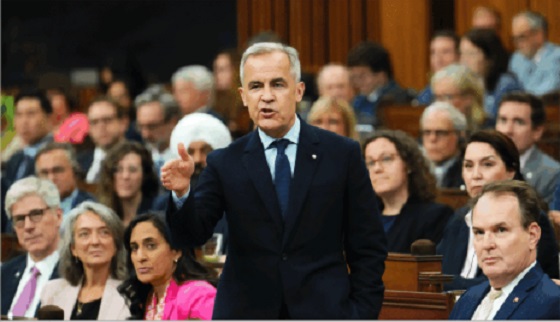
 Business1 day ago
Business1 day agoMark Carney’s Fiscal Fantasy Will Bankrupt Canada
-

 Energy2 days ago
Energy2 days agoCNN’s Shock Climate Polling Data Reinforces Trump’s Energy Agenda
-
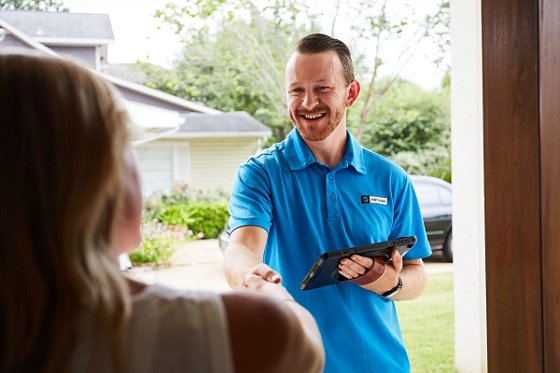
 Opinion1 day ago
Opinion1 day agoCharity Campaigns vs. Charity Donations
-

 COVID-191 day ago
COVID-191 day agoTrump DOJ dismisses charges against doctor who issued fake COVID passports
-
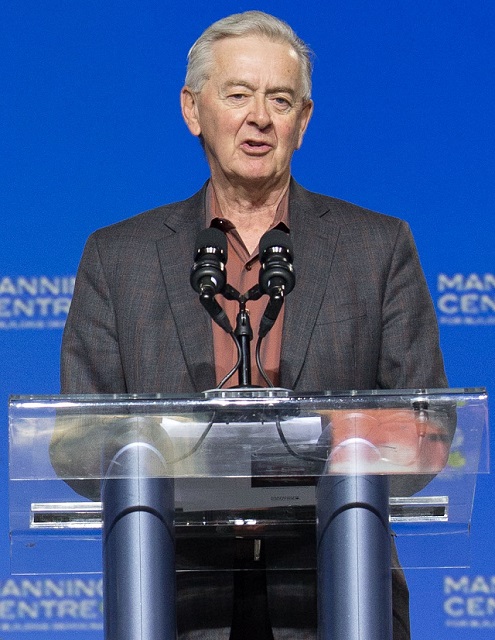
 Opinion1 day ago
Opinion1 day agoPreston Manning: Three Wise Men from the East, Again






